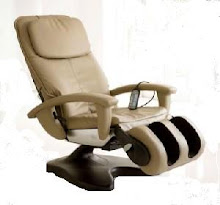Ultimately what these shoes are really about is having a design, build and fit that is aimed at doing a job rather than looking good. Shoes of this type will have a roomy fit, no internally projecting stitching or junctions of material, low heals, breathable fabrics and good adjustable fittings to guarantee that the shoes “do” fit comfortably.
Most healthy, comfort-fit, or orthopedic shoes will come in varying width fittings. This is important as it is not only the length, but the width of people’s feet that vary in size. Wearing shoes that are too tight or too loose can cause discomfort and abrasion injuries, so getting the right width of shoe is very important.
Other features of these shoes include good soles with plenty of padding to cushion the feet. Ultimately the soles of the feet, although small in area, take the entire weight of the body and this makes a resilient well padded shoe sole absolutely vital.
Removable and replaceable insoles are another good attribute of healthy shoes. A removable insole makes it possible to replace an older insole as its functionality starts to fail, or to obtain an insole with particular properties, for example being made of gel.
The variety of orthopedic type shoes that are now available has increased dramatically over recent years, as has the aesthetics of these shoes. This has been helped by the current fashions that regard a chunky, heavy looking shoe as being modern and stylish.
The down side to this is that there are now many “comfort” stylized shoes that look healthy, but are simply designed to look that way and lack the real traits of this kind of shoe.
Always look for what a health product actually does rather than being persuaded by its visual appeal, or its fashion credibility.

No comments:
Post a Comment